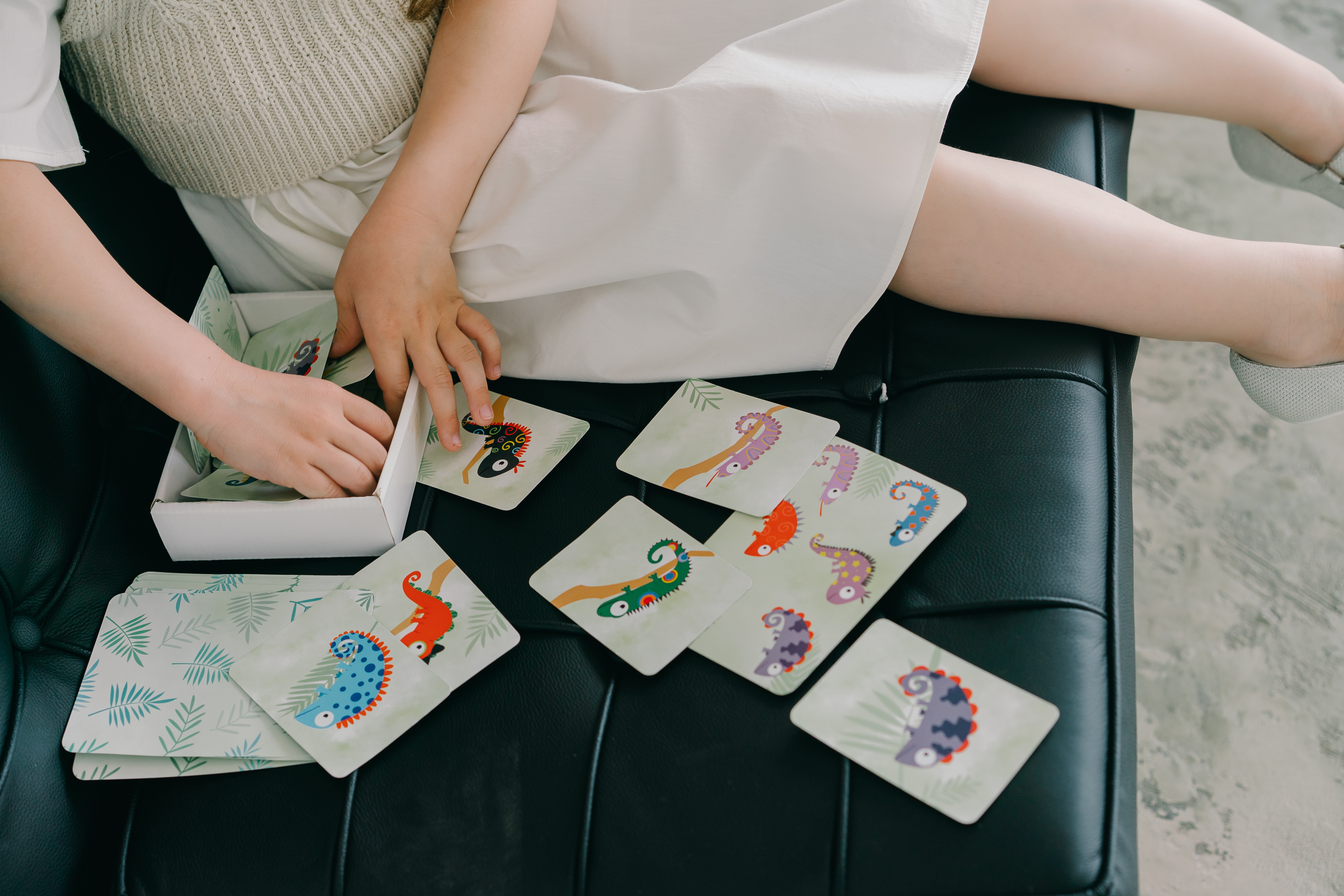The Benefits Of Play Therapy In Cedar Rapids

Here at Guiding Light Counseling of Cedar Rapids, we provide the service of Play Therapy. We're going to walk you through what Play Therapy is, its benefits, which children can benefit from it the most, how it works, the different stages of it, and even the different techniques used during each session. But before getting into that, let's learn about what Play Therapy is first.
Child-Centered Play Therapy at Guiding Light Counseling
Play therapy is a method used to help children feel comfortable enough to open up and express their feelings. This form of therapy helps to meet the child where they are so that a relationship of trust can be established between the child and the play therapist.
Once trust has been established with the child, the therapist can help uncover the root cause of trauma, anxiety, anger, resentment, etc. Doing this allows the therapist to teach the child how to develop systems, habits, and techniques to deal with and eventually overcome any issues they are struggling with. Giving the child the tools they need to overcome their problems is one of the most significant benefits of Play Therapy.
Benefits of Play Therapy for Children
The main benefit of play therapy is that it helps children uncover and deal with the source of their pain. It allows children to relieve any feelings of guilt, grief, depression, sadness, anger, resentment, trauma, anxiety, and more.
Play Therapy can also help children learn how to manage their emotions in a healthier, more productive way. This form of therapy has been proven to help children overcome various issues. Play therapy isn't for everyone, so it's essential to understand which people are a good fit for this therapy method.
When Is Play Therapy Recommended?
The most receptive age groups for play therapy are between the ages of 3 - 12. Play therapy also works well with teenagers and adults who have cognitive disabilities.
Play therapy can and should be used if your child struggles with aggression, trauma, depression, anxiety, or behavioral problems, and even when they are about to undergo medical procedures. A wide array of other struggles a child can face can significantly be helped with the use of play therapy as well, including the loss of a loved one, dealing with divorce, and various forms of abuse. Next we'll look at how play therapy can be such a powerful tool for a child.
How Does Play Therapy Work?
Play therapy works by getting on the child's level and allowing them to be in an environment that helps them naturally open up and feel comfortable enough to share their thoughts with their play therapist. Because children and adults communicate very differently, establishing a relationship that helps the child feel like they can relate to their therapist is incredibly important.
By focusing on crucial C’s (count, connect, capable, and courage) Play Therapists are using children’s strengths as well as therapeutic tools such as sand tray, playroom play and art to navigate and explore what is causing the child’s misbehavior.
Not only does play therapy work, but it works so well that by the time it's time for the child to end therapy sessions, they often are sad they have to say goodbye to their therapist. This is because they've built such a great positive relationship throughout the four stages of play therapy that they don't want to lose that friendship they've developed during the process.
What Are The Four Stages Of Play Therapy?
The four stages of play therapy explain the general direction of a successful child-therapist relationship. There is an exploration stage, a release stage, and a growth stage, and when the child no longer requires therapy, there is a closure stage.
Stage 1 of Play Therapy: Exploration
The exploration stage of play therapy is the most important stage, where the therapist will establish a playful and therapeutic relationship with the child. During this stage, the therapist is focused on establishing rapport, building trust, setting critical therapeutic boundaries, and encouraging self-expression in the child. The exploration stage also gives the therapist great insights into different things, like the type of play the child gravitates towards and the child's specific needs.
Stage 2 of Play Therapy: Release
During stage 2, the child is encouraged to act out their thoughts, emotions, experiences, and concerns through play. Communication through play helps them detach from the seriousness of their struggles and allows them to communicate something they might not otherwise be able to.
Stage 3 of Play Therapy: Growth
During stage 3, the therapist helps the child improve their outlook on their situation by helping them develop insight into it. In the growth stage, the child begins to arm themselves with the tools required to cope and overcome the things they're struggling with. Stage 3 is the most critical in their recovery and relief journey.
Stage 4 of Play Therapy: Closure
During this fourth and final stage, the play therapist helps the child reflect on their progress. The therapist will ensure the child experiences a proper ending to their journey, and together they work on the end of their therapeutic process.
Play Therapy Techniques We Use in Cedar Rapids
We offer a variety of play therapy services in Cedar Rapids. Anything from storytelling, creative visualization, role-playing, water & sand play, dolls, arts & crafts, and many more. Regardless of where the child falls in the recommended age group of 3 - 12, we have toys and activities that will encourage them to feel safe and free enough to find relief from their issues.
Meet Our Cedar Rapids Therapists
Here at Guiding Light Counseling Center, we have two experienced and highly educated therapists who are passionate about helping people enjoy a better quality of life. Between the two of them, they offer a wide variety of therapy services focused on helping to improve and better the lives of the people living in Cedar Rapids.



Alicia Gerber, LMHC, RPT

Samantha Jacobo tLMFT

Skyler Postel, tLMFT

Mellette Maurice, tLMFT

Chelsea Smorstad, LISW

Alicia Gerber, LMHC, RPT
Master’s Degree: Clinical Counseling Psychology, Loras University
Alicia has been serving as a therapist in Cedar Rapids for years, and has helped many people improve their lives with the quality therapeutic services she offers.
Contact Us
Skyler Postel, tLMFT
Master of Art Degree: Marriage and Family Therapy, Mount Mercy University
Skyler has specialties in anxiety, body positivity, childhood mental health, depression, family conflict, first responders, grief, marital and premarital, relationship issues, school issues, women’s issues, LGBTQ+
Contact Us
Mellette Maurice, tLMFT
Master of Art Degree: Marriage and Family Therapy, Mount Mercy University
Mellette has specialized in LGBTQ+, Identity Issues, Substance Use, Intimate Partner Violence, Anxiety and Panic, Teens, Psychosis
Contact Us
Samantha Jacobo tLMFT
Master of Art Degree: Marriage and Family Therapy, Mount Mercy University 2024
Couples work, infidelity, trauma, post traumatic stress disorder, obsessive compulsive disorder, attention deficit/ hyperactivity disorder, depression, anxiety, grief and adjustment disorders, sexual trauma, blended families, cognitive disorders after stroke
Contact Us
Chelsea Smorstad, LISW
Master of Social Work from St. Ambrose in Davenport, Iowa
Kids, Substance Abuse/Use, Individuals
Contact Us
